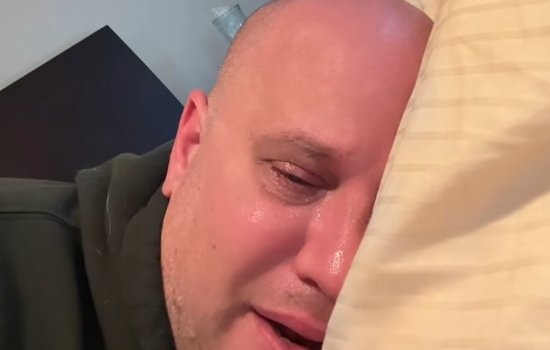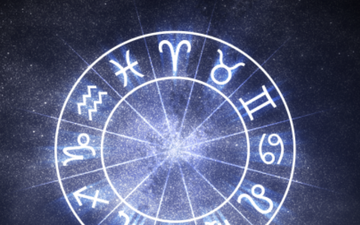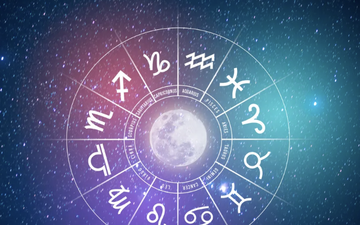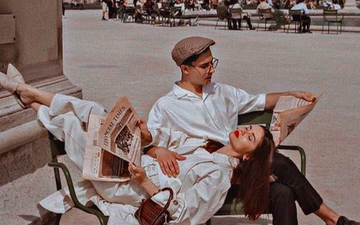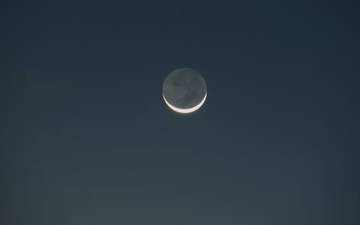
Today, the world mourns the passing of Pope Francis, one of the most controversial religious figures of recent years. With his wisdom, wit, direct messages of peace, and outspokenness on issues of the LGBTI+ community and racism, Francis became the “People’s Pope” and will be remembered as one of the most open-minded religious figures, breaking taboos and old mindsets.
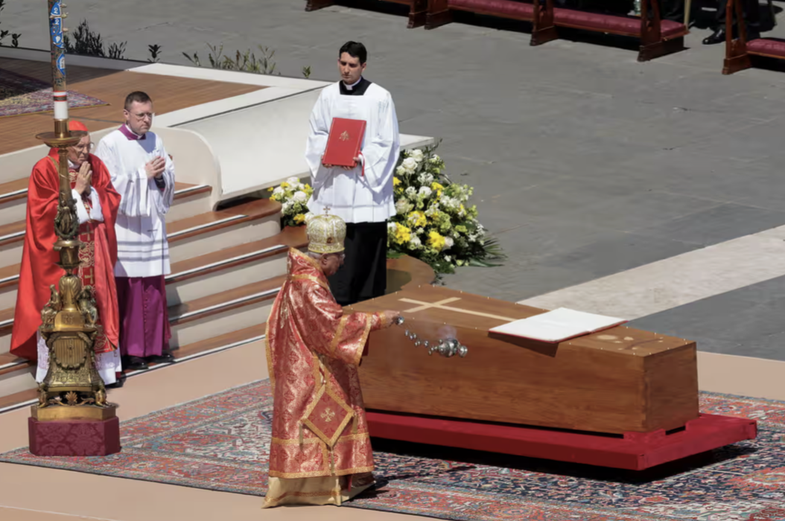
At Pope Francis' funeral, hymns and prayers were sung in Latin, while prayers were recited in various languages, including Italian, Spanish, Mandarin, Portuguese and Arabic, reflecting the global reach of the Roman Catholic Church, which has 1.4 billion members. The Vatican estimated that about 200,000 people had gathered at the start of the service in St. Peter's Square.
Drone footage showed people dressed in traditional attire, with black for political leaders; red for cardinals; purple for religious figures in the role of bishops and white for the 4,000 priests in attendance.
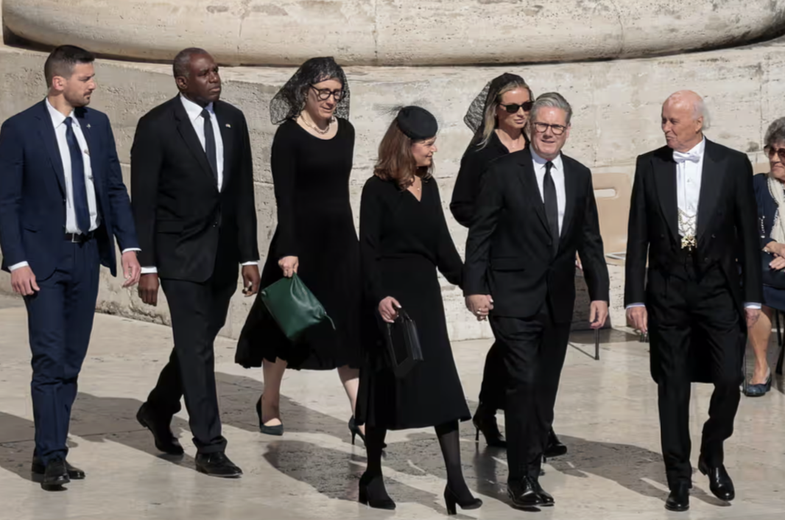
The Mass was led by Italian Cardinal Giovanni Battista Re, who spoke, among other things, about the special care the Pope showed towards immigrants, his desire for peace and the effort to achieve negotiations between countries at war, as well as for the protection of the planet. After the Mass, the archdiocese left St. Peter's Basilica. A large cross stood above the archdiocese.
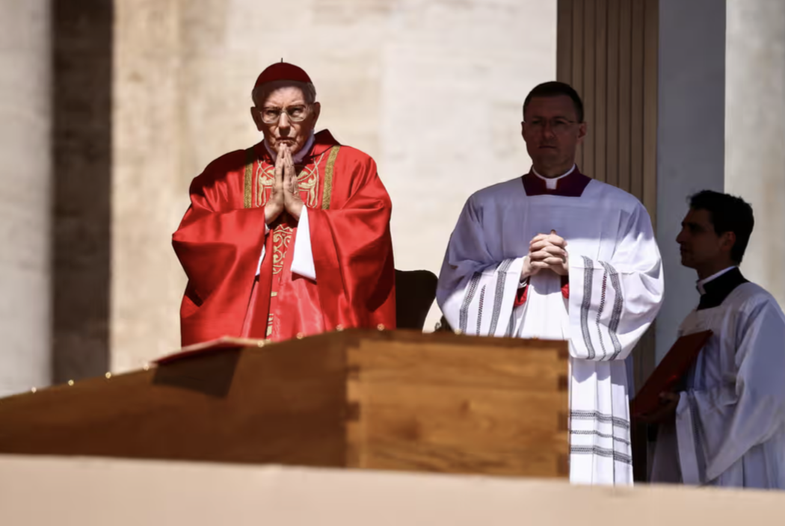
Meanwhile, leaders from around the world attended the funeral. Volodymyr Zelenskyy, Donald and Melania Trump, Steven Cheung, UK Prime Minister Keir Starmer, Prince William, French President Emmanuel Macron and his wife, Brigitte, Irish President Michael D Higgins, as well as other dignitaries from Argentina paid tribute to the late Pope.

The funeral began shortly after the leaders took their seats. Strategically, the front row was occupied by leaders from Argentina – the Pope's birthplace – and Italy.
An unusual Pope
The election of Jorge Mario Bergoglio as Pope in March 2013 was unexpected (even for him), then the Cardinal Archbishop of Buenos Aires. He was likely to have come second in the 2005 papal conclave, but at the age of 76 and after the resignation due to the age of the candidate who had come first, Benedict XVI – (then 85) – was installed at the head of the Vatican. A younger Pope was needed!
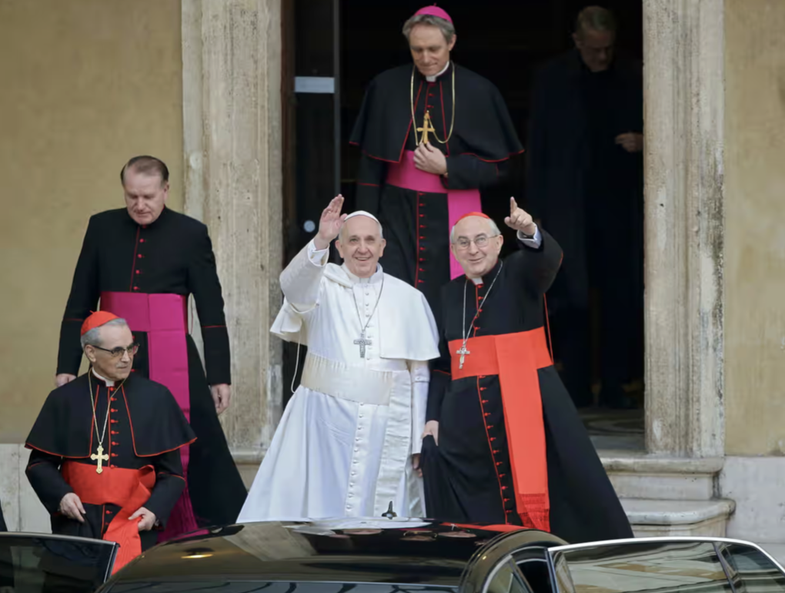
Most of the cardinals who gathered in the Sistine Chapel to vote were looking for something more than (relatively) youth. At the top of their agenda was openness to new ideas and reforms after 35 years of almost uninterrupted rule under Popes John Paul II and Benedict. So they surprised everyone by electing Catholicism’s first Jesuit pope, the first Latin American successor to Saint Peter, and the first leader to come from outside Europe.
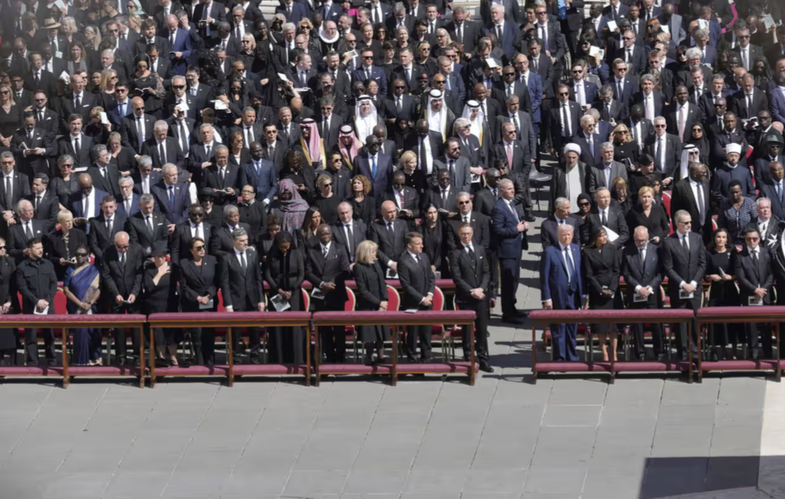
Cardinal Giovanni Battista Re praised Pope Francis as a "Pope of the people, a shepherd who knew how to communicate with the "least among us" in an informal and spontaneous style," adding that he had an open heart for everyone.
Suggested articles:
- Myth or fact: Does the Pope have the right to order the murder of anyone he wants and not be punished?
- Pope Francis' *modest* funeral: Everything you need to know
- The Hidden Secrets of the Vatican: Treasures, Mysteries and Legends
- Prince William will attend the Pope's funeral because King Charles isn't allowed - why?
- Albania declares national day of mourning in honor of Pope Francis

